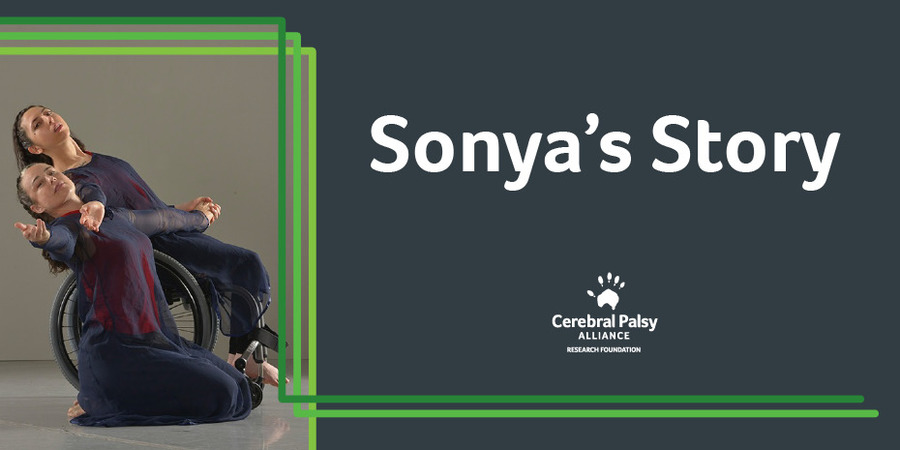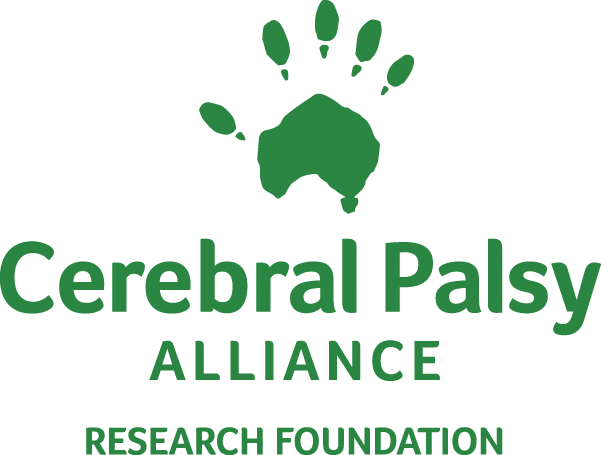
KEEPING IT REAL: Sonya's Story, Part II
Making Perfection Irrelevant: Dancing with Cerebral Palsy
By Sonya Rio-Glick*
CW: Internalized and externalized ableism; Trauma within the Medical Model
My path to professional dance making has been both very long and very short at the same time. As a child, I did not have a healthy relationship to my cerebral palsy, movement, or my body at large. Many of the practices I now rely on as a dancer — such as stretching, repeating specific movements, or *gasp* watching myself on camera — were points of great suffering for me. This suffering was a result of my body’s appearance and movement being again put in the shadow of nondisabled comparison or a potential product of perfection. I was asked to stretch and exercise to minimize the appearance of cerebral palsy. I was asked to repeat this effort because that result was a long-term goal. No one explained this, however, and young children lack the ability to think long term. It was no matter, because the effort was futile: I did have cerebral palsy. Yet, every time I was asked to bear equal weight or stretch my hamstring, the underlying ask was to not actually have cerebral palsy. This was confirmed when I got a wheelchair for long distances at age 10. No one called it a wheelchair; instead “transporter.” A physical therapist said to me and my parents “If you’re going to sit in a wheelchair, you can’t sit like you have cerebral palsy.” “But I do have cerebral palsy,” I reminded the group defiantly. No one acknowledged what I said.
Watching myself on video was a gut-wrenching reminder of my failed efforts. Therapists would force my body into “normal” alignment (that couldn’t have been further from normal for me) and ask, “Doesn’t this feel better?” Better than what? It felt uncomfortable, like a lie.
In contrast, when I began to dance, the question changed to “what feels good?” No one had asked me that before. No longer pushing, I was now enjoying leaning into preferences. “What looks interesting?” “What excites you?” At the age of 14, in a studio alone, I began to play — something that is very hard to do when you are surrounded by ‘goals,’ ‘averages,’ etc. Slowly, the movements and body I was trained to avoid became interesting to me. I guess my dreams were just big enough to create change, because I entered my disabled choreographic findings in local competitions, and other people — nondisabled people! — found it interesting as well. Dance was in me: no one told me to do it, much less how to. Well before I knew the term ‘Disability Justice,’ dance became my Disability Justice practice: a dreaming space, a space where there really were and are infinite ways to exist. The initial excitement from nondisabled audiences in my early teens showed me there were people who, even if they were not calling themselves advocates for disabled liberation, saw me, my body, and my proclivity for dance as its own entity, outside that shadow of nondisabled reality. I sought them and dance opportunities out with tenacity; by the time I graduated college, I had placed competitively in two dance competitions, crafted a duet that was shown around Boston, studied and worked with disability informed dance makers across the country, and choreographed and produced a Disability Justice informed dance production depicting the very experiences with cerebral palsy that had traumatized me in the first place.
Sonya is an Atlanta-based queer & disabled dance maker and community builder. She is a company dancer with Full Radius Dance, a 2021-2022 Dance/NYC Disability. Dance. Artistry. Residency Recipient, and a dancer in Anna Gichan’s upcoming Everything As A Speaker. Sonya holds a bachelor’s in Arts Management from Purchase College, SUNY, where she was influential in reforming fire evacuation policy for students with disabilities. She is a former Co-Executive Director of Dance for All Bodies, a nonprofit providing free virtual dance classes centering the needs of individuals with disabilities. When not working towards disability-justice informed dance, she enjoys reading, cooking, and spending time with her partner, Tess. Find out more about Sonya’s work at www.sonyarioglick.com.
*Sonya's story is part of KEEPING IT REAL — a series of personal stories that will take you deeper into the lives of people with CP. Each person makes different choices based on what works for them, and we’ll showcase that — highlighting what life is like for them on a daily basis, what they care about, and the ways CP impacts them.
The KEEPING IT REAL blog is intended solely to raise awareness about the varied human experience with cerebral palsy and shouldn't be read or construed to contain any medical advice or medical endorsement by Cerebral Palsy Alliance Research Foundation. Only you and your doctor know what's best for you. Please consult your doctor for medical advice.
Wed 21 May 2025
Are you ready for STEPtember 2025? We’re officially in double digits — CPARF is celebrating 10 years of funding groundbreaking cerebral palsy research and driving innovation forward. And there’s no better way to mark this milestone than with our biggest, boldest STEPtember yet. Thanks to you, STEPtember has grown into a global movement that powers […]
Thu 15 May 2025
Celebrate Your Birthday with Purpose: Start a Fundraiser That Changes Lives Birthdays are for joy, reflection, and connection — and now, they can help fund groundbreaking research, fuel innovation in assistive technology, and create lasting change for people with cerebral palsy and other disabilities. Celebrate your special day by starting a customized birthday fundraiser to […]



